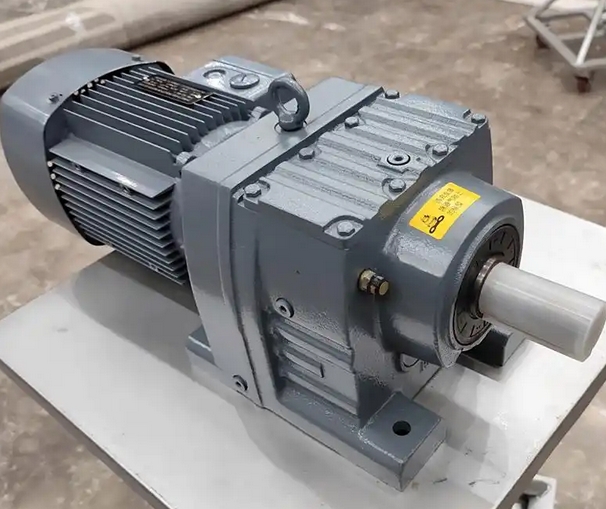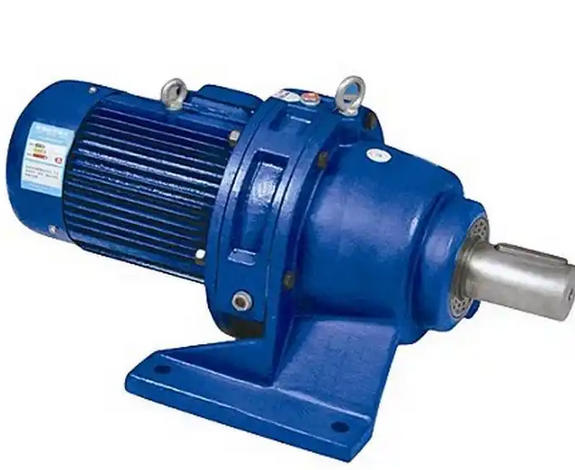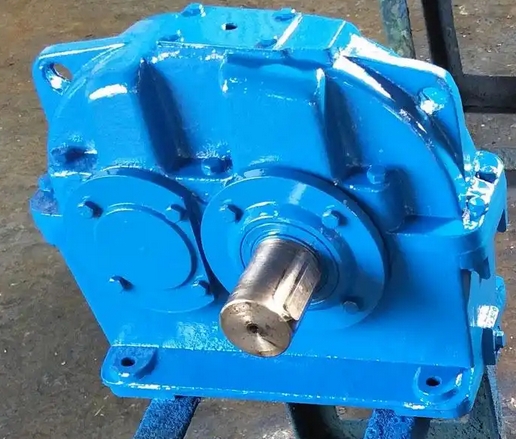What factors should be considered when choosing a hard tooth surface gear reducer or a soft tooth surface gear reducer
When choosing a hard tooth surface gear reducer or a soft tooth surface gear reducer, factors such as load conditions, working environment, speed requirements, noise limitations, installation space, and maintenance costs should be comprehensively considered, as follows:Load size: If the equipment needs to withstand heavy loads, such as mining crushers, metallurgical rolling mills, etc., a hard toothed gear reducer should be selected, which has strong load-bearing capacity and can withstand large torque and impact forces. If it is a lightly loaded equipment, such as packaging machines, textile machinery, etc., a soft toothed gear reducer can meet the requirements. Although its load-bearing capacity is relatively low, it can still ensure the normal operation of the equipment.

Working environment: Hard toothed gear reducers can work in harsh environments such as high temperature, high humidity, and high dust, and can adapt to complex working conditions in industries such as mining and cement. Soft tooth surface gear reducers are suitable for use in relatively mild environments and have poor adaptability to extreme working conditions. They are generally used in indoor light industrial equipment.
Speed requirements: Hard tooth surface reducers are suitable for high-speed applications, with high transmission efficiency and minimal energy loss. Soft tooth surface reducers are usually used in low-speed scenarios, and their energy loss during transmission is relatively large, making them less suitable for high-speed operation.
Noise limitation: Soft tooth surface reducers have softer tooth surfaces, resulting in less impact and vibration during meshing, and lower noise levels. They are suitable for environments with strict noise requirements, such as libraries, hospitals, and other related equipment. If the precision control of the hard tooth surface reducer is improper, it may produce significant noise during operation. However, by improving manufacturing accuracy and other measures, the noise can also be reduced to a certain extent.
Installation space: If the installation space of the equipment is limited, the size and shape of the reducer need to be considered. Hard tooth surface reducers may have a relatively small volume under the same power due to their strong load-bearing capacity, but the specific size needs to be determined based on different models and manufacturers' products. The structure of the soft tooth surface reducer is relatively simple, and the volume varies. It is necessary to choose the appropriate model according to the actual installation space.
Maintenance cost: Although hard tooth surface gear reducers have a long service life, they require high maintenance techniques and high costs, requiring regular inspections of lubrication systems, bearing wear, and other conditions. The maintenance and repair of soft tooth surface gear reducers are relatively simple. Daily inspections mainly focus on gear wear and noise, and regular replacement of lubricating oil is sufficient. However, due to their poor wear resistance, more frequent maintenance may be required.
Budget cost: Hard tooth surface gear reducers are expensive due to their complex materials and processes. The production process of soft tooth surface gear reducer is simple, the material cost is low, and the price is relatively affordable. If the budget is limited and the equipment load requirements are not high, a soft tooth surface reducer is a more economical choice; If high requirements are placed on equipment performance and reliability, and the budget is sufficient, a hard tooth surface reducer is more suitable.



